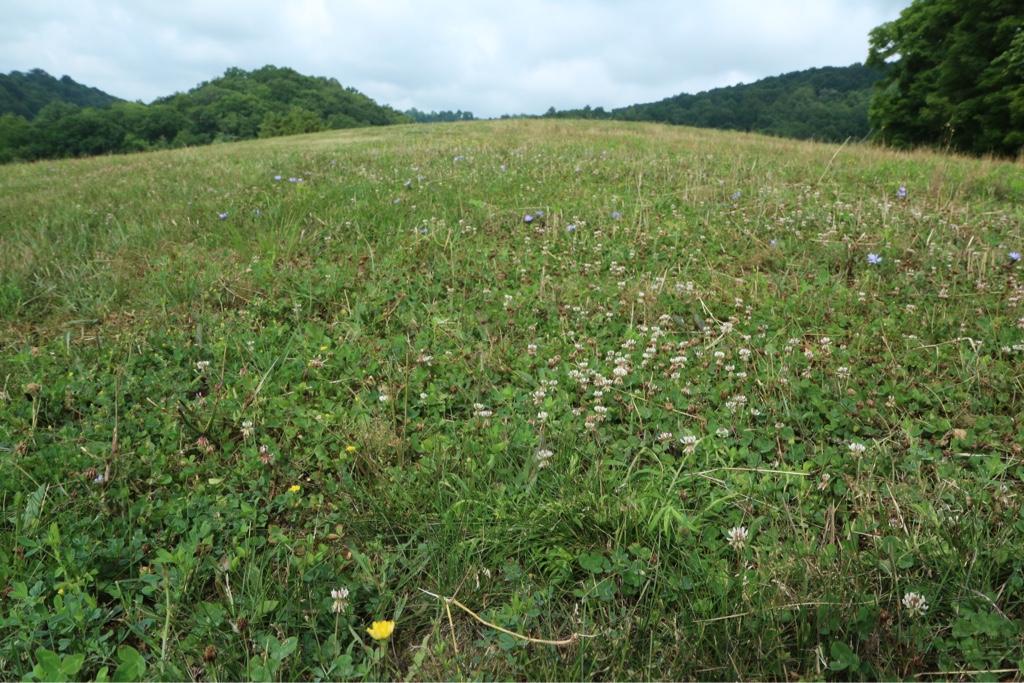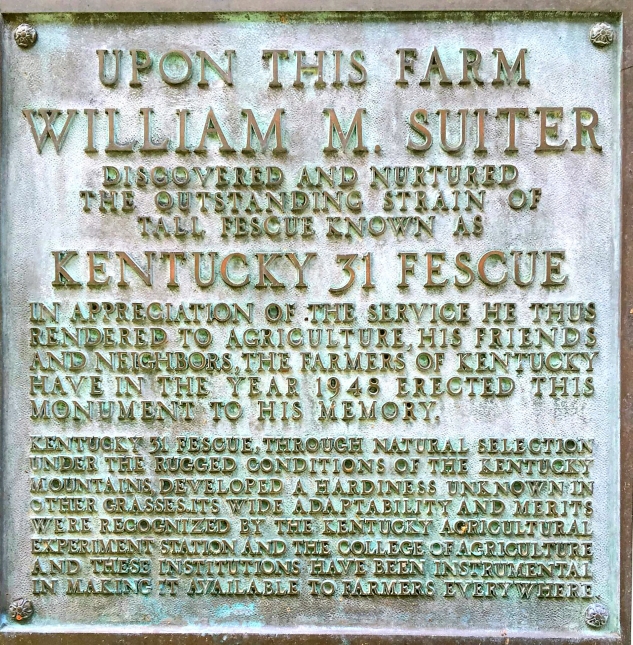dogghr
Well-Known Member
A link was shared relating to Goldenrod management on a other thread of mine. While I’m not a podcast person I’m that my ADD requires pictures or video, I did listen to the entire podcast by Dr Harper.
What I found interesting was his suggestion of managing fescue. As you know I make fun of fescue always and lament the difficulties of its riddance on long standing pastures. It’s is aggressive, has a thick root mass , and inherent self preservation properties that fight efforts to eradicate.
Within the podcast he said to wait and spray fescue w gly AFTER 2-3 frosts.
Has anyone tried this late in the year? I’ve certainly have sprayed it but typically mid spring or late summer.
Thoughts?
Here’s the link
https://podcasts.google.com/feed/aH...Jzcw/episode/QnV6enNwcm91dC0xMDg2MjI0OQ?ep=14
Sent from my iPhone using Tapatalk
What I found interesting was his suggestion of managing fescue. As you know I make fun of fescue always and lament the difficulties of its riddance on long standing pastures. It’s is aggressive, has a thick root mass , and inherent self preservation properties that fight efforts to eradicate.
Within the podcast he said to wait and spray fescue w gly AFTER 2-3 frosts.
Has anyone tried this late in the year? I’ve certainly have sprayed it but typically mid spring or late summer.
Thoughts?
Here’s the link
https://podcasts.google.com/feed/aH...Jzcw/episode/QnV6enNwcm91dC0xMDg2MjI0OQ?ep=14
Sent from my iPhone using Tapatalk



